BOSCH is the drill brand for me. I bought my drill about 4 years ago around the time that my wife and I bought our home which by the way was a full renovation job. Believe me, I’ve put my drill through its paces. From fitting fence panels in the rain to shelving, curtain poles, and ripping up old tile, my Bosch drill has done it all!
Why are BOSCH Drills the best?
The Bosch brand has been around for over 130 years. Bosch invented the hammer drill function and the brand has stood the test of time when it comes to durability and reliability.
As someone who was not that savvy with drills when I first started on my DIY journey, I’ve got to say that my drill was simple to use and had everything I needed as I tackled each job. The drill bits were not as reliable but let me go into the detail of the drill just to put this into context.
Ok – it’s probably useful for you to know the model of my Bosch Drill. It’s a Bosch PSB 680 RE – 680 W Hammer drill. This is what it looks like. The functions are however standard across BOSCH’s range of drills.
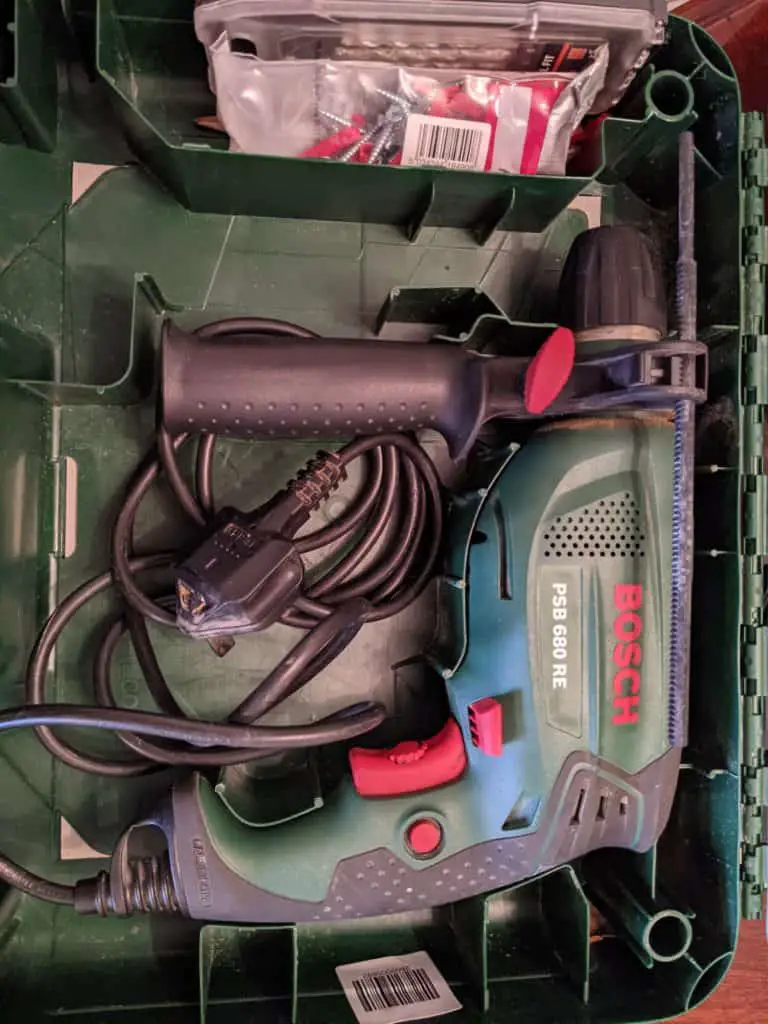
Ok, so the first function that I really like is the hammer drill function which you can toggle with the following switch. This was super useful when I was putting up my curtain rails, as my walls were pretty solid as well as breaking up old tiles when I was refitting my kitchen.
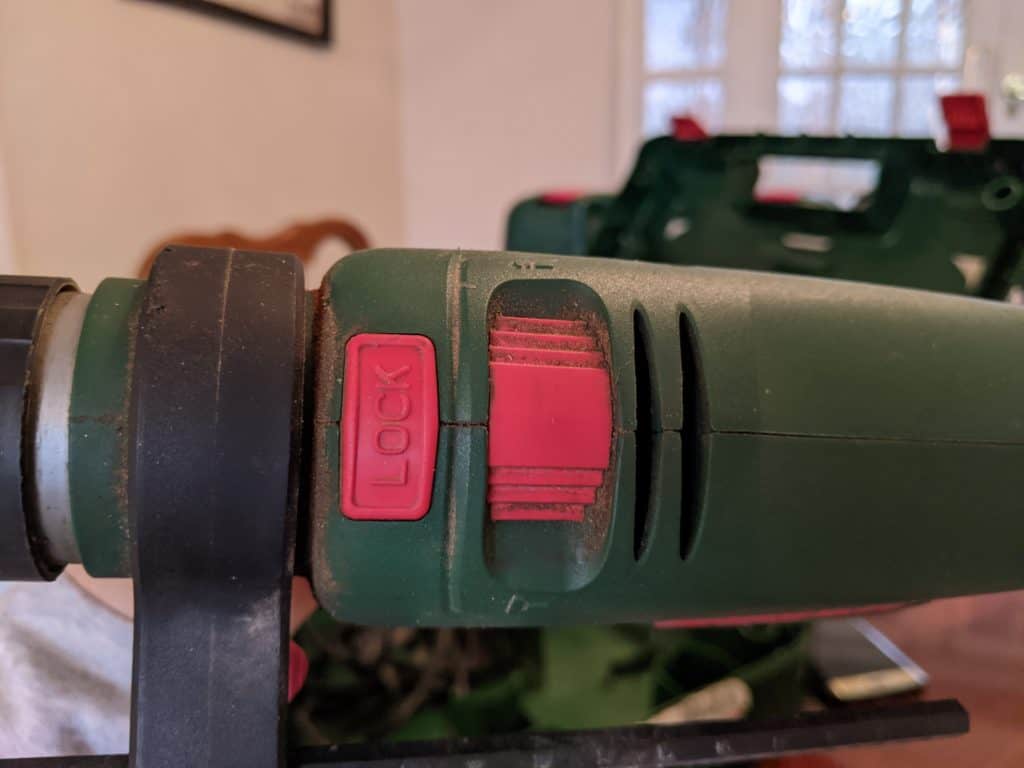
Ok so you have two operating modes, one represents ‘drilling’ indicated by a screw symbol which is good for most jobs and the other is ‘impact drilling’ indicated by a hammer symbol. The impact drilling function is great for getting through walls made of tough concrete or brick or breaking up material like old tiles for example. Toggling the button to ‘Impact drilling’ makes the chuck move backward and forwards and creates more force.
The Keyless chuck is also great. It’s common on all new drills nowadays but still, it allows you to change a drill bit or another accessory like a screwdriver bit or chisel attachments with ease. All you do is hold down the lock button and twist anticlockwise to loosen the grip and then clockwise to tighten it.
When I was drilling holes for my shelving, you have to drill a hole slightly bigger than the rawl plug size. I like to start with a thinner drill bit, then move to a bigger drill bit. Using the keyless chuck makes changing the drill bits super easy.
If you want to know how to stop a rawl plug from spinning when drilling in holes, this post that I wrote a little while ago may be of some use to you and goes through a step by step method to avoid any issues.
I love the fact that this drill came with an auxiliary handle as well.
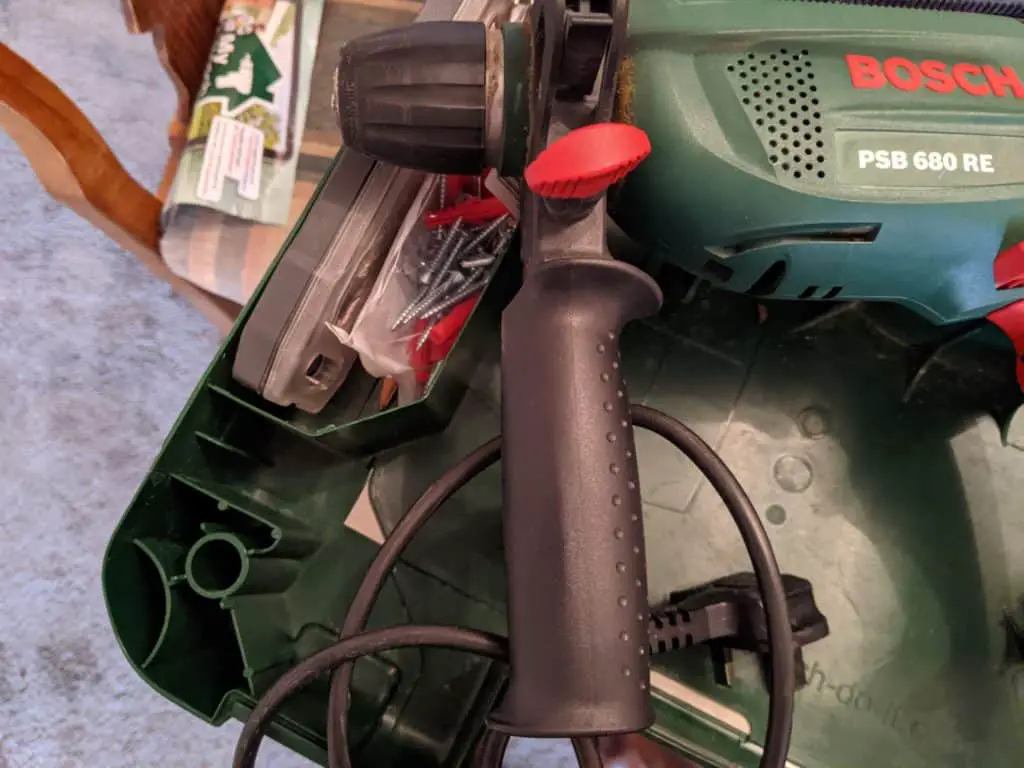
This might look like a minor attachment but having that extra support can allow you to drill at right angles or whichever direction you want as you want. I just found it to be really useful support and I think you will too. Just plant your feet shoulder-width apart, line up the drill and go for it!
If you’re worried about measuring the depth of a wall and drilling completely through it, this drill comes with a ‘depth stop’. It is essentially a ruler that attaches to the drill that you can set to stop yourself from drilling straight through a wall. Here it is.
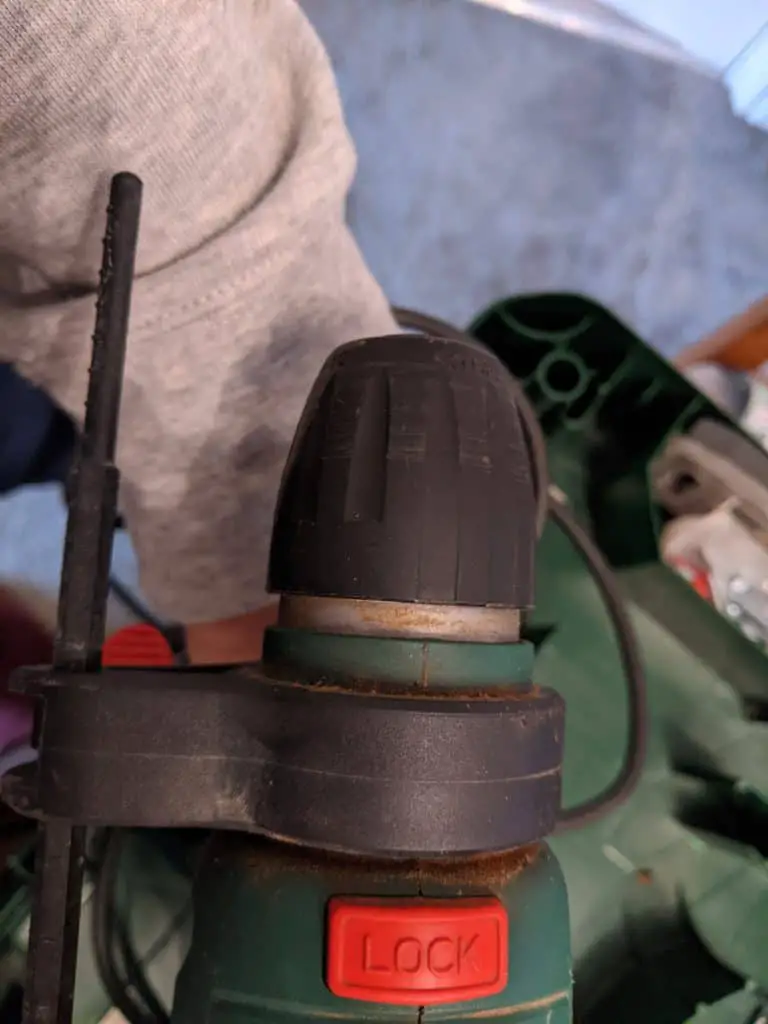
You can also adjust the speed of the drill which is useful if you don’t need the full force of the drill. It’s useful if you’re worried about damaging the material that you are drilling into. It’s on the main button of the drill.
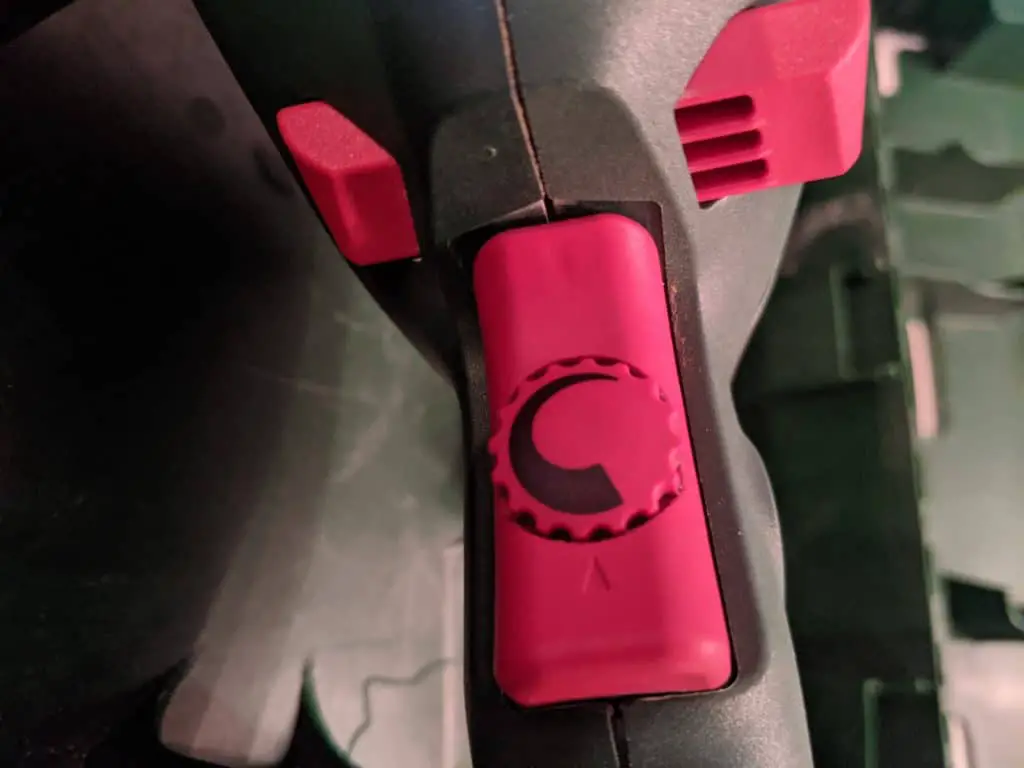
The double-ended red bit above the main button allows you to change the direction of the drill forwards and backward. This is a pretty standard functionality.
I’ve got to add, I’ve dropped my drill lot’s of times, and it’s still standing strong, which says something about its durability.
As mentioned Bosch drills are pretty similar in terms of functionality. I bought my drill some time ago, and there are better Bosch drills out there now.
In terms of which corded drill is the best out there now, I’ve got a few top picks including the newer version of my drill in this post.
Cordless Bosch Drills are also great
So, because I was so happy with my Bosch PSB 680 RE, my wife decided to stick with the brand and get me a cordless version. She decided to go for the EasyDrill 1200, it looks like this. I’ve got to say so far I’m pretty happy with it.
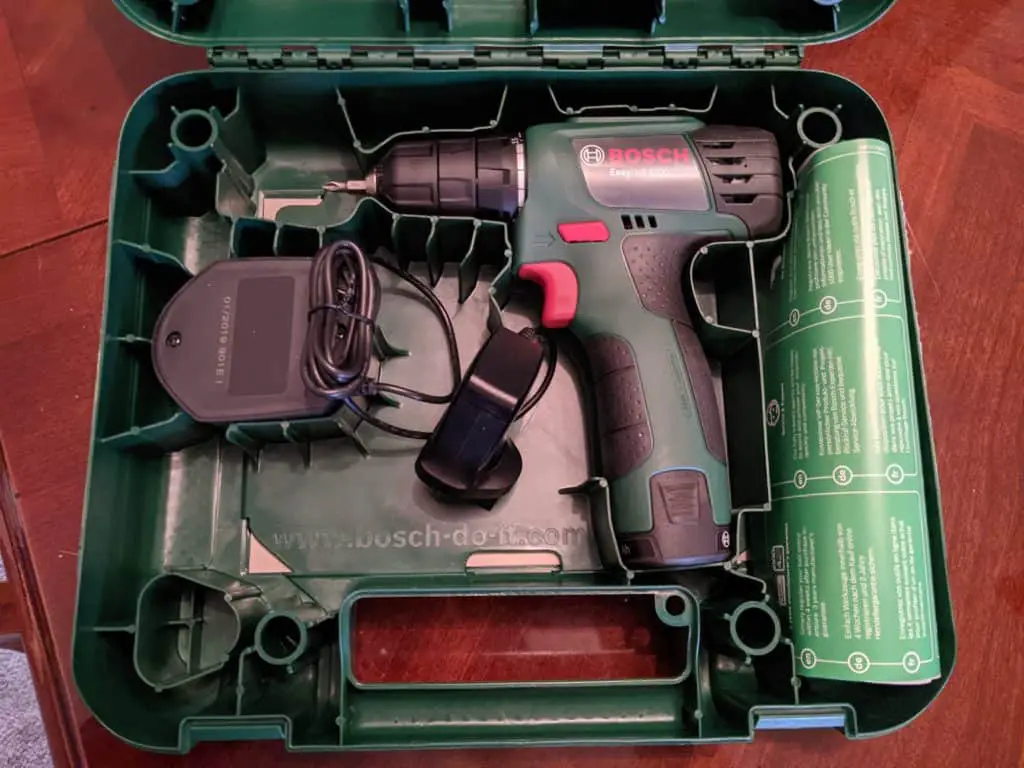
I wanted a cordless drill because of the mobility factor. You can use it anywhere without having to find a power source, and for most jobs, you don’t need a heavy-duty drill.
There are a couple of features of this drill that I think are good which I think I should share.
There is a light on the drill which is pretty useful if you are drilling somewhere where there is low light or if you are working into the night.
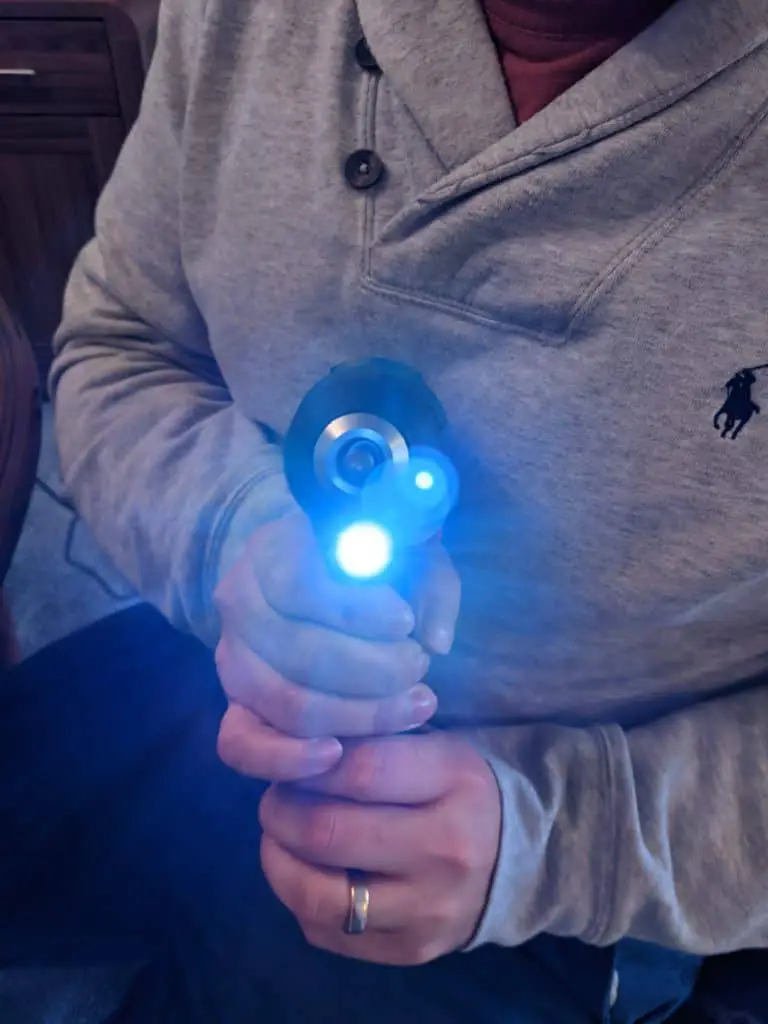
There are also two-speed settings on the drill allowing for that extra power range if you need it. You also have 15 torque settings on the drill which gives you even more control over the turning power of the drill.
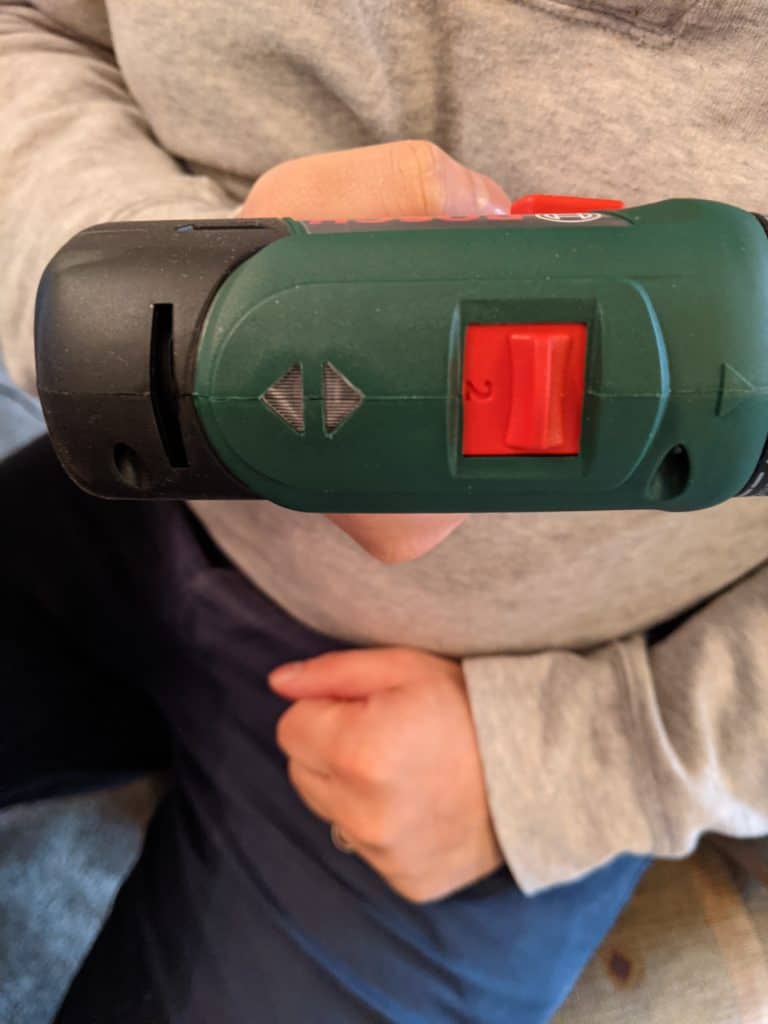
The higher the torque (1-15), the more ‘power’ the drill produces, and the deeper the screw can be driven into any material.
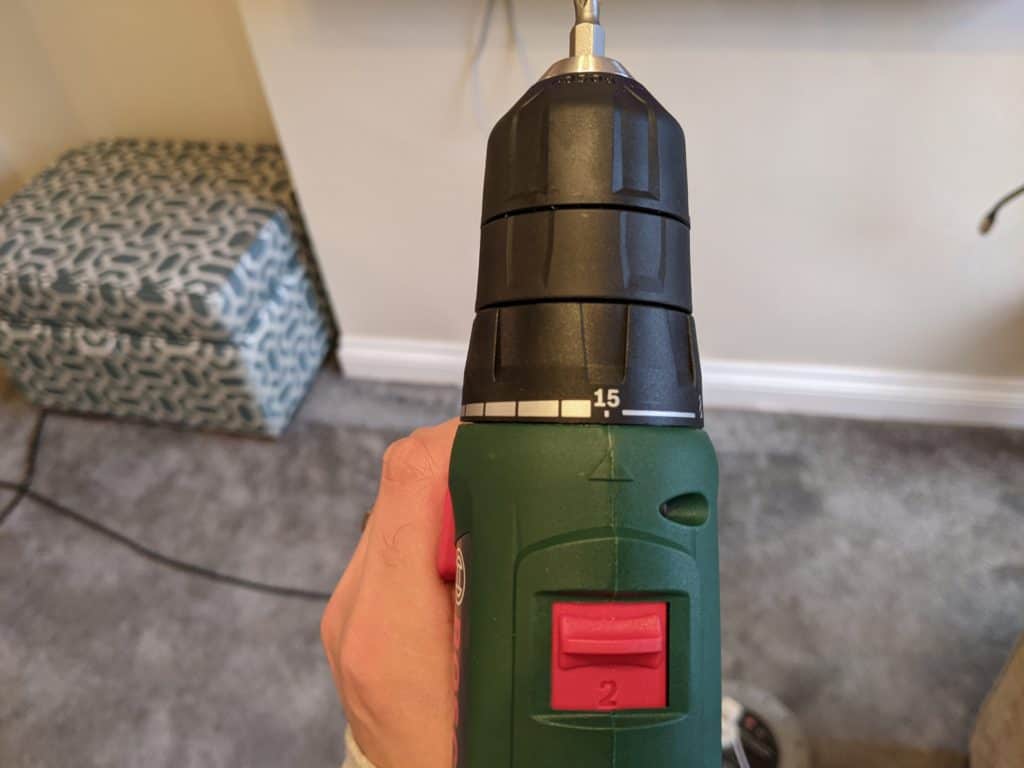
This drill also has a keyless chuck which as mentioned is super useful to change drill bits quickly with no issues.
Again these features are pretty common to most drills but Bosch drills just have that durability factor.
Whilst I am happy with this cordless drill, I think that there are better options within or just above this price range. The Dewalt drill for example that I’ve reviewed in this post, packs a bit of an extra punch for heavy-duty jobs if you need it.
Bosch Drill bits are not the best out there
I bought a set of bosch drill bits because I just wanted to complete the set and I trusted the brand. The set itself looks pretty good. Here’s what they look like.
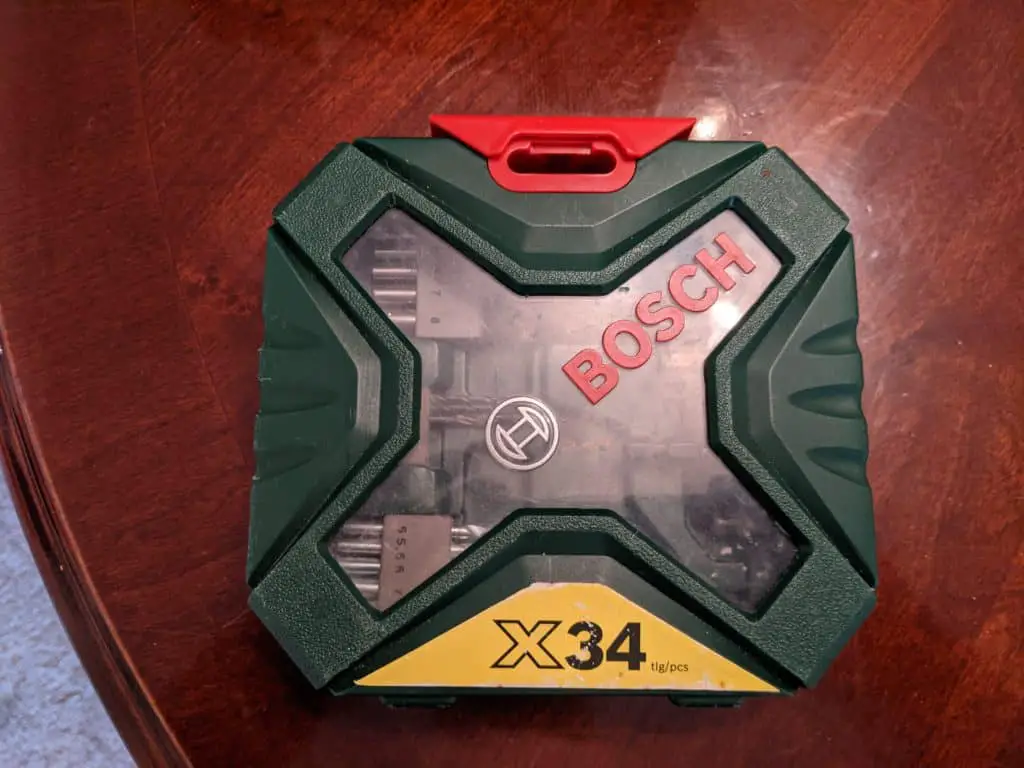
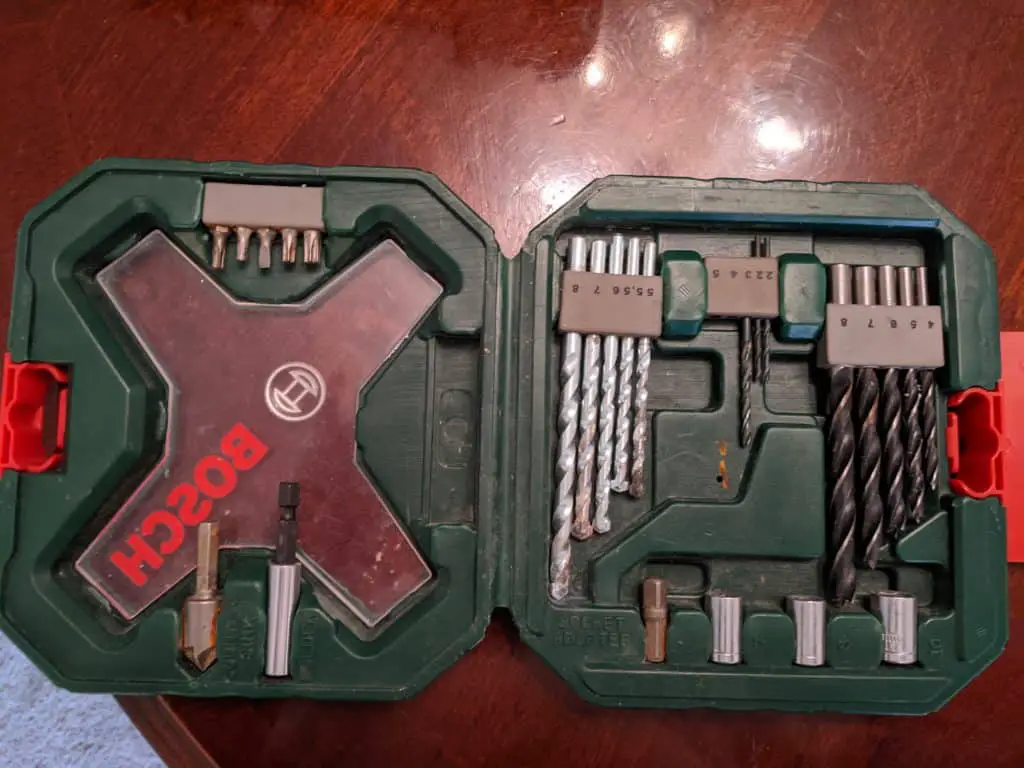
The drill bit set comes with metal, masonry and woodwork drill bits. Also included is screw driver attachments.
I personally found the drill bits brittle, weak, and not sharp enough to drill through the respective materials they were meant to drill through. A couple of the drill bits completely snapped off which isn’t great. I ended up buying more drill bits from B&Q and Screwfix in order to get some that did the job a bit better.
The screwdriver bits were of an ok quality but again, the flathead drill bit was a bit thin and brittle and the Phillips head bit did not fit any of the screws, I needed to screw in well. I ruined a few screw heads, and then just used a screwdriver instead.
Frequently asked questions
When should you use a hammer drill?
Hammer drills are meant for drilling into stone, concrete, or brick. When a hammer drill operates it rotates like a normal drill as well as has a forward, hammering, type action. Hammer drills usually can operate as a normal drill or a hammer drill.
What should I look for in a hammer drill?
- An auxiliary handle helps you grip the tool with both hands and helps you to drill accurately.
- You want to be able to control the speed of the drill bit, letting you use the hammer drill not just on masonry and concrete but also for wood as well. Ideally, you want to be able to switch between regular drilling and hammer drilling.
- Having a keyless chuck is also super useful in order to allow you to change between drill bits frequently and with ease.
In conclusion…
My Bosch drill has served me well and I hope this information is a useful resource to you in deciding what features you want in a drill, even if it’s not a Bosch drill you ultimately choose to purchase.
Having good quality tools is just really key to getting jobs done well. But buying a good tool is not enough. Take the time to get to know exactly what the tool can do. Read the manual or blogs like this one just to help you get more familiar with it. It could save you a lot of time.
If you found this article informative, why not check out some more of my content on gethomesavvy.com. I blog about DIY projects that I’ve done and point out any mistakes that I’ve made so you hopefully wont have to make them either.

